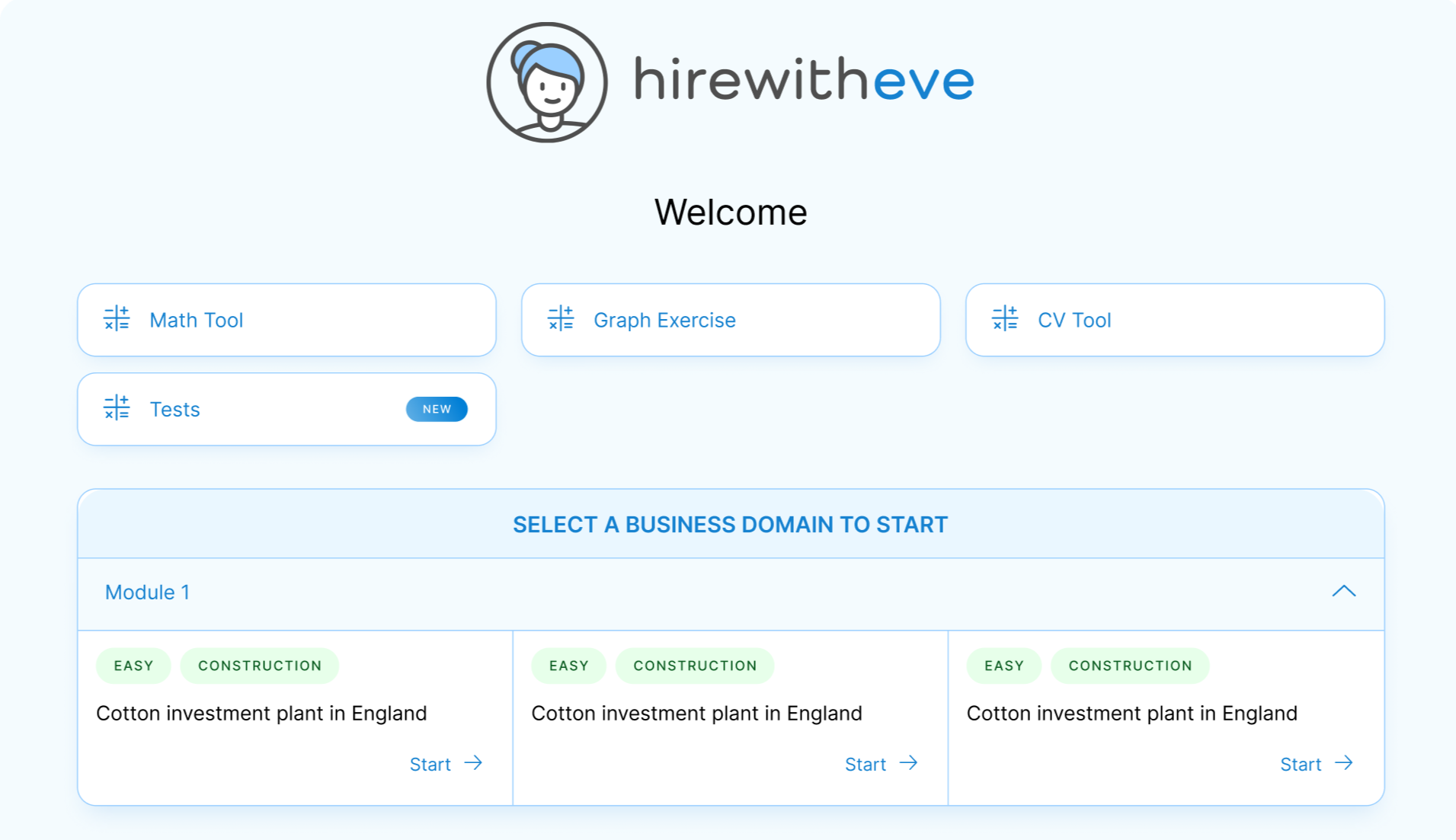5 Pillars of an Effective HR Strategy

In today’s competitive business landscape, organizations face constant challenges in managing their workforce effectively. For HR managers and talent acquisition specialists, developing a robust human resources (HR) strategy is crucial to drive business growth and ensure long-term success. However, what defines an effective HR strategy, and how can businesses structure one that caters to the ever-evolving workplace? The answer lies in understanding the Pillars of HR Strategy—the core elements that build a solid foundation for managing human capital efficiently.
These pillars provide HR professionals with actionable guidelines to improve hiring processes, employee engagement, workforce productivity, and retention rates. This blog explores the Pillars of HR Strategy, focusing on five key elements that will help shape an organization's HR approach and lead to sustained growth.
Table of contents
Workforce Planning
One of the most critical Pillars of HR Strategy is workforce planning. It involves forecasting an organization's future talent needs and preparing strategies to ensure the right people are in the right roles at the right time. A solid workforce planning strategy helps businesses meet their operational demands while keeping employee workloads manageable.
Why it matters:
Reduces the risk of talent shortages or surpluses.
Ensures proper alignment of employee skills with business needs.
Helps plan for future leadership and skills development.
Workforce planning is a proactive process, enabling HR managers to identify gaps in the talent pool and prepare for inevitable changes like retirements or sudden departures. By understanding organizational goals and aligning them with employee capabilities, HR professionals can create a balanced workforce that can easily adapt to changing business environments.
Talent Acquisition and Development
The second key pillar in the Pillars of HR Strategy is talent acquisition and development. It covers everything from attracting top talent to nurturing employees’ skills throughout their tenure. Recruitment is not just about filling roles; it's about finding candidates who align with the company’s culture and goals.
Why it matters:
Attracting high-quality candidates who can drive business success.
Reducing turnover rates by hiring employees who fit culturally.
Offering continuous learning opportunities to build a resilient workforce.
Development plays a crucial role in retaining employees and enhancing their contributions to the company. By investing in training and development programs, organizations not only improve workforce competency but also create a culture of growth and innovation. HR professionals should design career development pathways that align individual goals with organizational objectives, further solidifying this aspect of the Pillars of HR Strategy.
Employee Engagement
Employee engagement is a non-negotiable element in the Pillars of HR Strategy. Engaged employees are more productive, motivated, and likely to stay with the company longer. This is particularly important in today’s remote or hybrid work environments, where fostering connection and collaboration can be more challenging.
Why it matters:
Increases employee satisfaction and retention.
Enhances productivity by creating a motivated workforce.
Promotes a positive company culture, where employees feel valued.
Companies that prioritize employee engagement through regular feedback, recognition programs, and transparent communication can build a loyal and committed workforce. Whether it's implementing engagement surveys or focusing on team-building activities, creating an environment where employees feel supported should be a core focus of any HR strategy.
Performance Management
Another cornerstone in the Pillars of HR Strategy is performance management. It involves setting clear objectives, offering consistent feedback, and conducting regular evaluations to measure employee performance.
Why it matters:
Provides direction and clarity for employees.
Ensures continuous improvement and personal development.
Aligns employee performance with business goals.
Effective performance management systems track progress and recognize achievements, fostering an environment of accountability and growth. HR managers should focus on clear and measurable performance indicators while offering constructive feedback to help employees excel. When employees have a clear understanding of their roles and expectations, they are more likely to perform to their full potential, which directly contributes to overall organizational success.
HR Technology and Analytics
The final pillar in the Pillars of HR Strategy is HR technology and analytics. Leveraging advanced technologies, like applicant tracking systems (ATS), people analytics, and performance management tools, can streamline HR processes and drive better decision-making.
Why it matters:
Automates routine tasks, allowing HR teams to focus on strategic initiatives.
Provides insights into employee performance, engagement, and retention.
Enables data-driven decision-making to improve HR outcomes.
For example, HR analytics can help identify patterns in employee turnover or engagement levels, allowing HR managers to address potential issues before they escalate. Technology also improves the hiring process by allowing faster candidate assessments and reducing time-to-hire. As part of the Pillars of HR Strategy, implementing the right technology enhances efficiency and improves overall HR effectiveness.
Conclusion
The Pillars of HR Strategy provide a framework for organizations to develop a holistic HR approach that drives both employee satisfaction and business success. By focusing on workforce planning, talent acquisition and development, employee engagement, performance management, and leveraging HR technology, businesses can ensure they are prepared to meet the demands of the modern workforce.
In this ever-changing world, having a robust HR strategy is more critical than ever, and platforms like HirewithEve can help organizations build these pillars effectively. With features like skills-based hiring, advanced analytics, and seamless integration with existing HR systems, HirewithEve empowers HR teams to hire smarter, engage employees better, and make data-driven decisions that align with long-term business goals.
These five Pillars of HR Strategy are essential to creating a workforce that is engaged, well-managed, and poised to take on the challenges of the future. By building a strong foundation with the right tools and approach, HR teams can contribute significantly to their organization’s success.
Target Your Talent
Unlock tailored solutions for your recruitment and hiring needs with Eve Platform's extensive case study library.
Subscribe now to enhance your HR expertise and excel in your role.
Free Resources

Transforming Hiring: 7 Key Recruiting Metrics
Enhancing recruitment processes with data-driven insights for better hiring outcomes.

Reducing Hiring Bias with Hirewitheve.
Utilizing Hirewitheve to combat bias and streamline recruitment processes effectively.

Hiring Detail-Oriented Candidates
HirewithEve enhances hiring by accurately assessing candidate's attention to detail-oriented.








